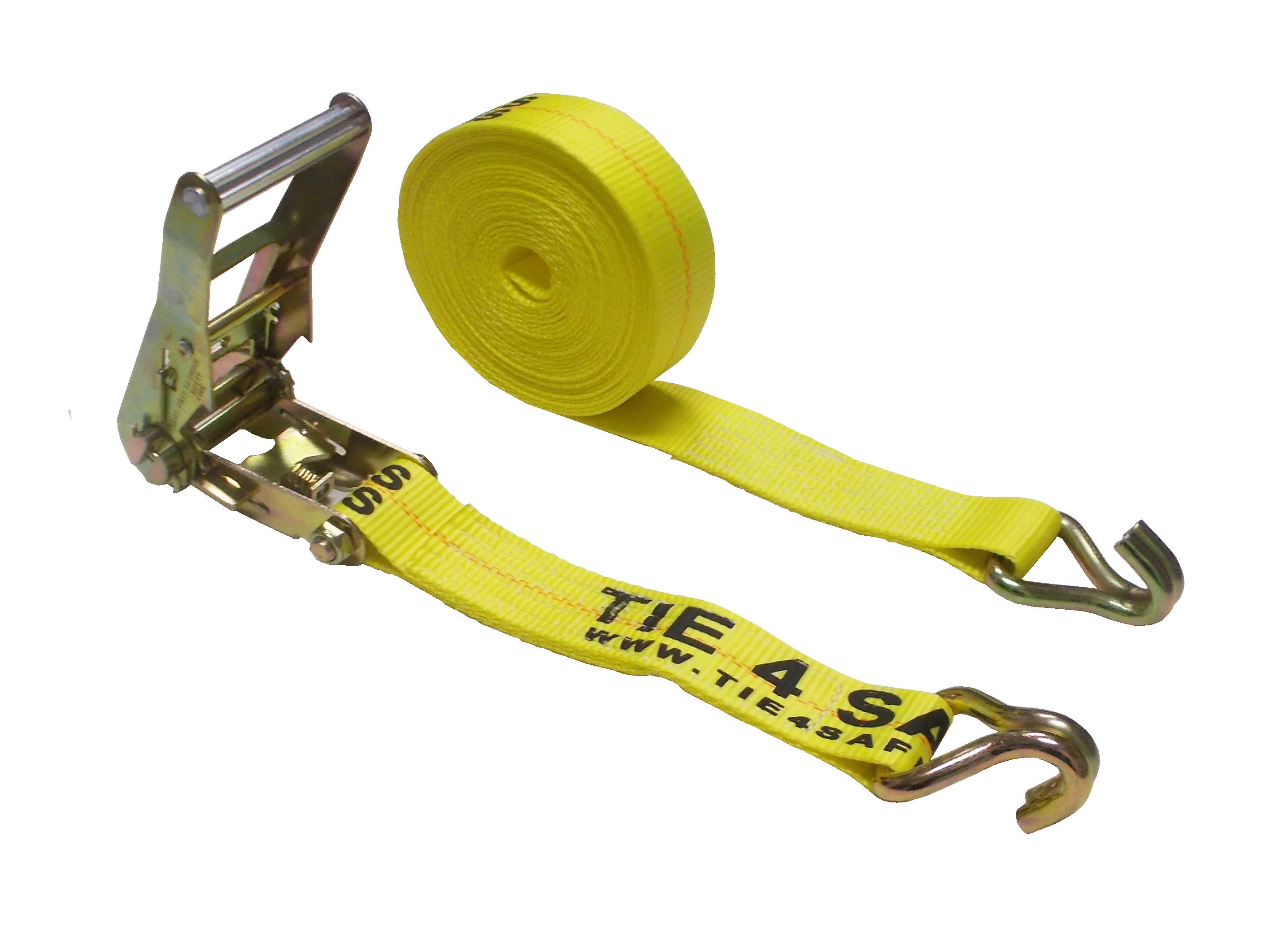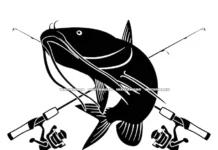Your mission? To prevent an “Escapee!”
Guilty myself of some lackadaisical practices, I’ve never had an “escapee” incident but I have had a couple of close calls. Never having heard the sound of roto-molded plastic connecting with blacktop pavement, it is a streak I hope to continue and I believe, if I practice what I say here, I should finish my kayak transportation career with a perfect record.
It seems so simple: You are going mobile with your kayak(s) and they must be secured to your vehicle. Not without options, many people are making strapdown more difficult than it needs to be. The importance of adequate strapdown is obvious: The kayak flying off the vehicle is damaging to the boat but dangerous for anyone else behind you on the roads. The variables on strapdown have more to do with where the kayak is resting on the vehicle than anything else.
The basics of a good strapdown are very easy and straightforward. Kayak should be centered and upside down. Approximately the same amount of boat should be coming off each side of your vehicle’s roof rack. “Upside down” is applicable when placing the kayak right on flat bars. Right-side-up options I classify as “cradles” but the same centering concept applies.
Most kayakers are utilizing one of five situations: The bed of a truck, a factory roof rack, an add-on roof rack, a trailer or foam blocks. Every situation will work with the right decisions but some are easier than others. The very heavy kayaks are going to work much better in the bed of a pickup truck or utilizing a trailer. Some vehicles may have a factory roof rack that may work as-is. For others with no rack system or an inadequate rack, there are options to consider for a better roof rack. I use the Thule roof rack, something I have had for about eight years now. I have the wide bar for my Thule rack. The add-on rack is something that not only makes strapdown easier; it also helps to create some extra distance between your kayak and your vehicle’s paint.
Prerequisite materials Rope- Ideal for bow and stern tie-downs but can be used as midsection tie-downs.
Kayak Straps- Easy to use and tie down tightly and stay snug, an upgrade from “rope” for the main midsection tie-downs.
Bar Pads- Attach to horizontal factory rack bars and after-market roof rack bars. Bar pads make the strapdown process much easier with the little bit of “give” as you pull the strap tight.
Other considerations:
The trailer is a great option for low loading particularly of heavier boats. Securing kayaks to the trailer varies because there are many options out there but usually it is as simple as using straps and running it over the boat, under the frame of the trailer, back over the top of the kayak, back under the frame of the trailer and then cinching down the slack through the buckle.
The foam block system is the most rudimentary choice and definitely has the most risks as far as completely securing a kayak to the roof of a vehicle. Without the bars of a factory or add-on rack, usually a person will run rope or straps through the interior of a vehicle for center mass strapdown. The ability to “side slide” is more possible not only because it is not a rigid roof rack, also the straps (or rope) tie-downs do not hug the side of the kayak the way it can be done with a roof rack. It is imperative to also come up with a bow and stern tie-down when using foam blocks
The mechanics of a secure strapdown of your kayak
With the kayak in position on the bars of a roof rack, there are things that can make the process easier. Some people want to have their straps in position before the kayak is lifted and laid in position. For me, I will load up my kayaks, position them “centered” where I want them to be. From there I will throw the buckle end over the kayak landing it “center vehicle” so I can grab the buckle and then take it *under the bar*, then take it to the rear (or front) of the vehicle and go *over the bow (or stern)*. From there it is simple. You can just take the strap end and feed it in the buckle for cinching down. Note: An error that some people will make is to not have the strap right up against the sides of the kayak. Don’t allow that roof for the kayak to shift. With the strap snugly on both side of the kayak and the strap pulled through the buckle “tight”, the kayak will not move.
Added security of ensuring that the kayak stays exactly in place: Bow and stern lines. Rope is fine for this extra “hold” for your kayaks. The biggest decision is “where will you tie it off to the vehicle.” For most cars, the front tie-down can be created with a loop of rope tied off to the body of the car under the hood. This works particularly well for people who carry multiple kayaks on their roof rack or if they keep their kayak off to one side of the vehicle.
Another idea: Heavy boat but no trailer or pickup truck?
There are people I encounter that want to own a certain kayak but do not have the bed of a truck or they do not want to utilize a trailer. There are some options for this kind of situation with the option for Thule roof racks, a side-loader or a Hullavator. The side loader extends out of the main bar enabling someone to extend that way out, lift up one end of the boat to get it on that extension and then lift from the opposite end that is still on the ground to assist with getting a kayak on the roof.
The Hullivator is something that is altogether brilliant and something that allows people with heavy boats or with strength issues so “lift their kayak a few inches” instead of any other kind of distance. The system unlocks from the main rack bar and pivots down beside your vehicle. It has a price to it: But so does shoulder surgery. If you get to go more often, is it not a good investment? That’s up to you.
Security
Would you like to leave your kayak up on your roof? You can, you just need to lock it up. My recommendation, even though you can come up with your own solution with other materials: Steel Core kayak straps are the best item made for securing your kayak to your vehicle (or to something in your garage or yard). There are other options available but I had a client, Barry Moss, give me a Steel Core locking strap about two years ago and it is unique. It has steel running through the center of the kayak strap material with a locking buckle. One turn of a key and that kayak is going nowhere until you unlock it again. A lot of people will utilize it as one of their main straps for pinning a kayak to a roof rack. I have never used mine that way. I use it to lock multiple kayaks together AND to the roof rack of my vehicle.
The moral of the story is to do it right: Never leaving the chance that you will have an “escapee.” Leave no doubt: Be able to say to yourself “That baby ain’t going nowhere” when you turn on your engine to drive off. You should have picked up some ideas on how to make strapdown secure, faster and easier. You should also know that if you do not have your kayak locked to something, it may disappear. Do it quicker, do it right and never have a major problem out on the roads.
Neil Taylor
www.strikethreekayakfishing.com
- The Neil Blog… - July 26, 2023
- The Catfish - July 26, 2023
- update - July 22, 2023

















